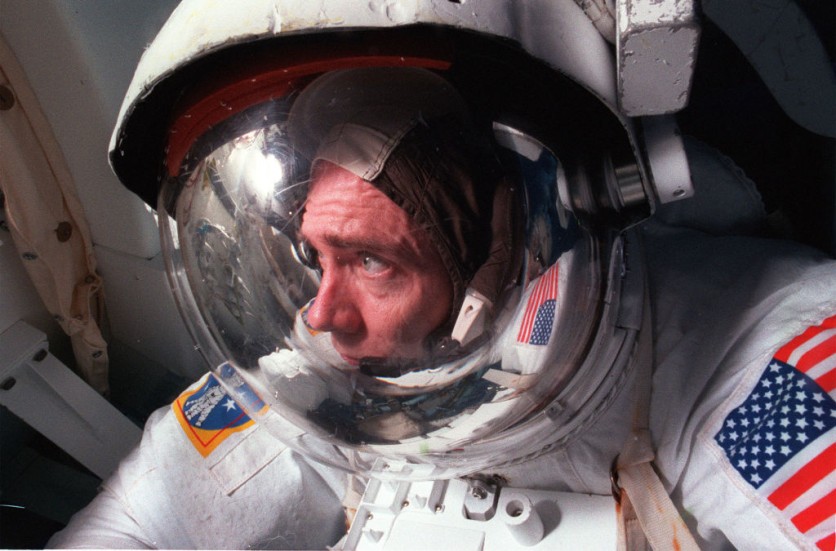Wearable devices equipped with vibrating elements may offer a potential solution to address spatial disorientation in astronauts during spaceflight, according to a study conducted by scientists from Brandeis University.
Phys.org reported that spatial disorientation is a significant challenge faced by astronauts, and it arises due to the absence of familiar cues in the microgravity environment.
Dr. Vivekanand P. Vimal, the lead author of the study, highlighted the vulnerability of astronauts to this phenomenon, emphasizing the critical need for reliable orientation cues.
"Long-duration spaceflight will cause many physiological and psychological stressors, which will make astronauts very susceptible to spatial disorientation," said Vimal.

Space Simulations
The research employed sensory deprivation techniques and a multi-axis rotation device to evaluate the effectiveness of vibrotactors in simulated spaceflight conditions. These simulations intentionally nullified the typical sensory inputs relied upon for orientation.
The study enlisted 30 participants, with 10 undergoing training in balancing using the rotation device, 10 equipped with vibrotactors, and the remaining 10 receiving a combination of both interventions.
Additional training for the vibrotactor group involved tasks designed to disengage participants from their natural vestibular senses, emphasizing reliance on vibrotactors over their instinctual gravitational cues.
These tasks included locating concealed non-upright balance points, necessitating participants to override their inclination to align with upright positions and instead focus on vibrotactor feedback. During the trials, participants wore blindfolds and earplugs and listened to white noise.
Those equipped with vibrotactors had four affixed to each arm, emitting vibrations when they deviated from the balance point. Each participant engaged in 40 trials, endeavoring to maintain the rotation device as close to equilibrium as possible.
Half of the trials involved the rotation device operating on a vertical roll plane, replicating Earth-like conditions where natural gravitational cues were accessible for orientation. The latter half represented a spaceflight-like scenario, operating on a horizontal roll plane where gravitational cues were absent.
Read Also : New Computer Simulation Sheds Light on Early Galaxy Formation Aligned With NASA James Webb's Observations
Assessing Disorientation
After each trial, participants assessed their disorientation level and trust in vibrotactors. The study evaluated collision frequency and participants' balance control.
Initially, all groups experienced disorientation in the simulated spaceflight, which is expected due to the absence of gravitational cues. While most trusted vibrotactors' conflicts with internal cues caused occasional confusion, vibrotactor-equipped participants outperformed those with training only.
The latter group had more collisions, unstable balance, and increased movement. Combined training and vibrotactors yielded the highest proficiency. Despite training, performance didn't match Earth-like conditions. Extended vibrotactor exposure or stronger warnings may be needed.
If successful in broader trials, these wearable sensors hold potential applications in various aspects of spaceflight, including ensuring safe planetary landings and supporting extravehicular activities, according to the researchers.
The findings of the research team were published in the journal Frontiers in Physiology.
Related Article : NASA James Webb Space Telescope Discovers Rare Element in Massive Cosmic Explosion From Star Merger

ⓒ 2025 TECHTIMES.com All rights reserved. Do not reproduce without permission.




